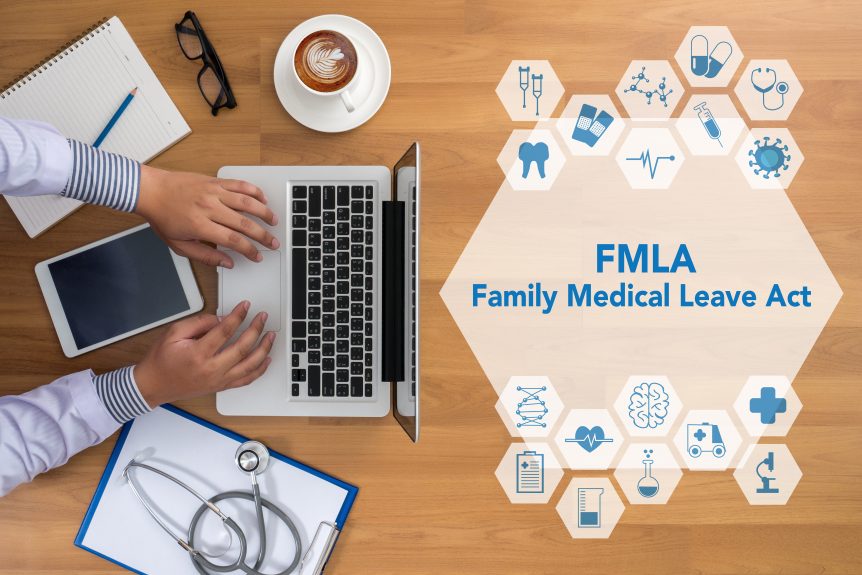Dealing with employee leave and managing the complexities of the Family and Medical Leave Act (FMLA) and workers’ compensation can be challenging for employers. However, understanding how these two crucial laws intersect can help streamline the process and ensure compliance. In this blog post, we will explore the concept of running FMLA concurrently with workers’ compensation and discuss key considerations for employers. Let’s dive in!
What is FMLA?
The FMLA provides eligible employees with job-protected leave for specific medical and family-related reasons. It allows employees to take up to 12 weeks of unpaid leave in a 12-month period to recover from a serious health condition, care for a family member with a serious health condition, or bond with a new child. Employers covered by FMLA must comply with its provisions.
Understanding Workers’ Compensation
Workers’ compensation provides benefits to employees who sustain work-related injuries or illnesses. It offers medical treatment, wage replacement, rehabilitation services, and other necessary support to employees during their recovery. Employers are typically required to carry workers’ compensation insurance to provide these benefits.
Running FMLA Concurrently with Workers’ Compensation
When an employee experiences a work-related injury or illness that falls under both FMLA and workers’ compensation, the employer has the option to run the leaves concurrently. This means that the FMLA leave and workers’ compensation leave run at the same time, reducing the total amount of protected leave an employee is entitled to.
Key Considerations for Employers:
- Eligibility and Notice Requirements: Ensure employees meet the eligibility criteria for both FMLA and workers’ compensation. Provide employees with appropriate notice about their rights, responsibilities, and the need to furnish required medical documentation.
- Coordination of Benefits: Properly coordinate the benefits received under FMLA and workers’ compensation, taking into account wage replacement, medical treatments, and employee reinstatement rights.
- Certification and Documentation: Be diligent in obtaining and reviewing the necessary medical certifications and documentation from healthcare providers to support the leaves, and ensure compliance with both FMLA and workers’ compensation requirements.
- Communication and Notification: Clearly communicate with the employee about the concurrent leaves, including the designation of FMLA leave and the expectations for returning to work. Maintain open lines of communication throughout the leave period.
- Maintenance of Benefits: Maintain healthcare benefits for employees on FMLA leave, as required by FMLA regulations.
- Job Restoration: Understand your obligations to restore employees to their previous positions or equivalent positions when they are ready to return from concurrent FMLA and workers’ compensation leave.
Conclusion
Effectively managing leave when FMLA and workers’ compensation intersect is crucial for employers. By running FMLA leave concurrently with workers’ compensation, employers can limit the total amount of protected leave while ensuring compliance with both laws. It is vital to understand the legal requirements, coordinate benefits, maintain open communication, and follow proper documentation procedures. Consulting with legal experts specialized in employment law can provide further guidance and ensure your organization meets all necessary obligations. By navigating these leave scenarios with knowledge and care, you can support your employees effectively while maintaining legal compliance.

